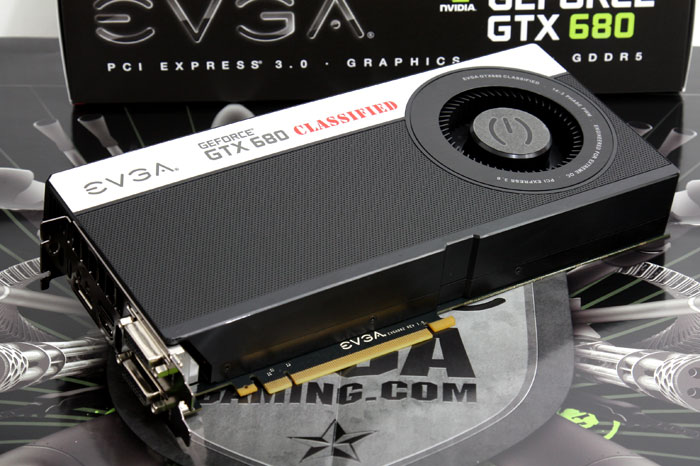Introduction

Introduction
The GeForce GTX 680 series has been quite a success story ever since launch. Though there have been some controversial stutter issues reported, it seems that the bigger part of that problem got sorted out, leaving a really enticing product series. The reference products are really good, but the board partners continuously try to push the envelope to push out more and more SKUs, preferably factory overclocked or overclockable.
Kepler my fellow gurus, is the codename for the architecture behind the GeForce series 600 graphics cards and now in the Olympic Summer 2012 we have spotted many highly tweakable models from all partners. ASUS, MSI, Gigabyte and EVGA outted cards that can do surprising stuff. NVIDIA however put severe breaks on software based voltage tweaking, right now all cards will get into the 1200 MHz region, but that's it really as NVIDIA requires the cards to all have a maximum voltage plafond of 1.175V through NVAPI.
The next step for extreme tweakers will be hardwiring voltage lines to push more volts into the product. It's in these lines that we'll test the EVGA GeForce GTX 680 Classified today. A product that is 100% customized from PCB to cooling. Software voltage regulation works, but obviously as well is limited to that 1.175V. EVGA however does have an alternative for the Classified model as tested today, you can hook up a small piece of hardware to it called EVBot, which controls the voltages directly at hardware level, and thus bypassing the NVAPI software limitation.
With that in mind we'll be reviewing the product as is, the reality is that the Classified already is tweaked and overclocked for you. But for the performance mongers amongst us we'll check out the EVBot as well in our overclock segment of the article, hey we have thriving thirst to reach 1.4 GHz on that Kepler GPU core.
But even without EVBot, the GTX 680 Classified is an impressive beast, the customized GTX 680 has a good single design cooler applied to it. The card's base clock frequency is set higher at default for you, at 1111 MHz with a dynamic turbo that clocks up-to 1176 MHz.
The memory though runs at a reference stock clock frequency of 6008 MHz (effective datarate) but you do get 4 GB of it! Obviously we have a thing or two to show you, so let's startup the article shall we ?


